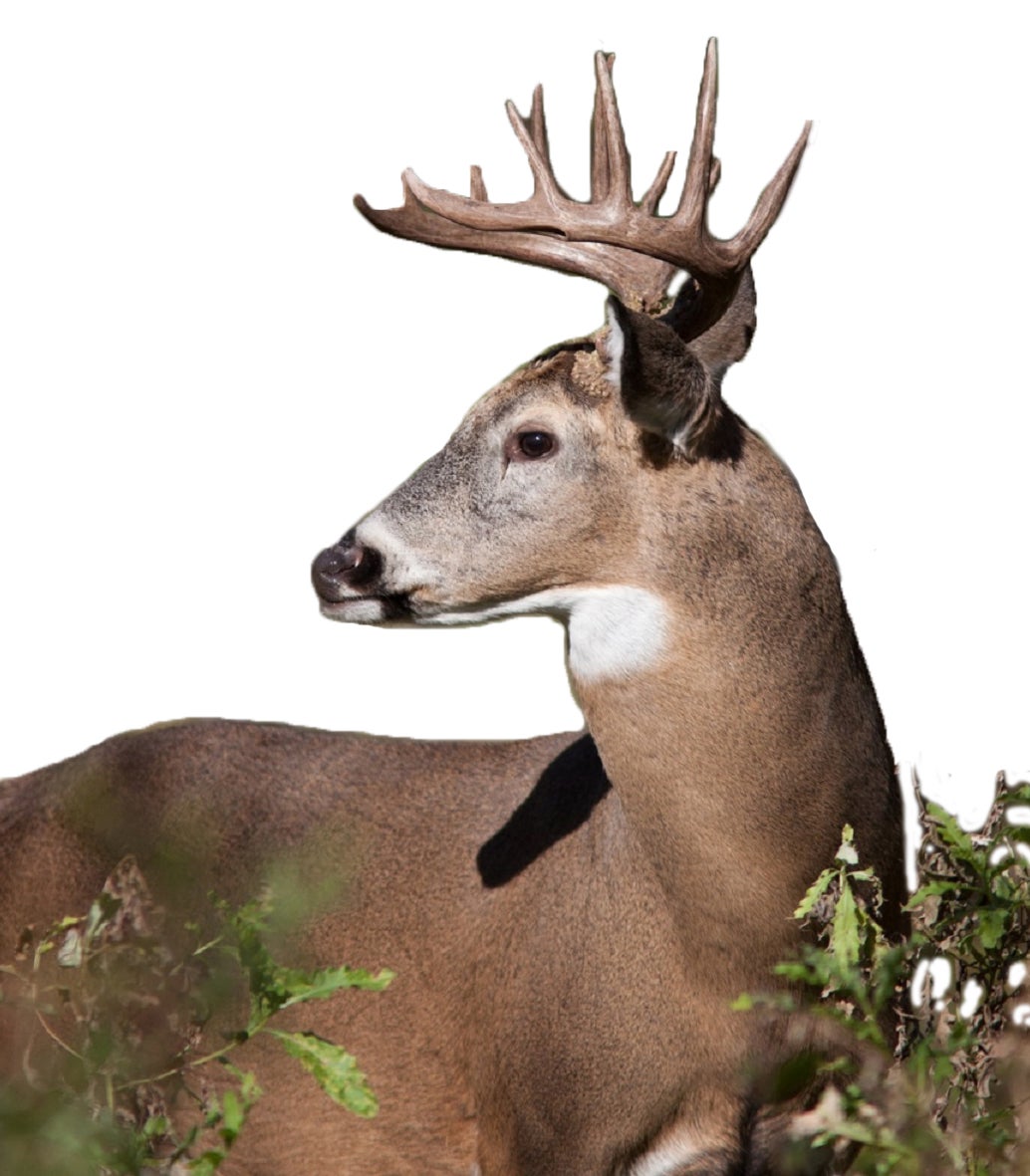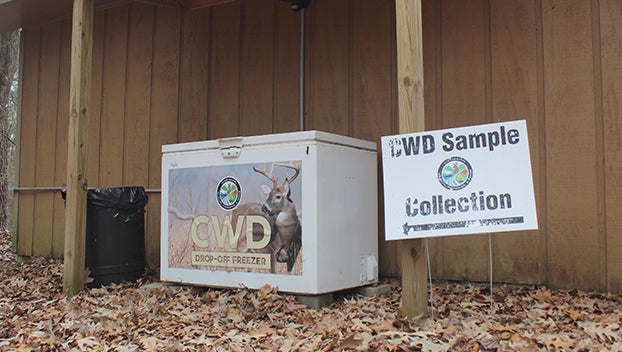Steady stream of CWD samples in Louisiana, more needed in Warren, Claiborne Counties
Published 1:28 pm Wednesday, January 11, 2023
|
Getting your Trinity Audio player ready...
|
VICKSBURG — Chronic Wasting Disease struck again in Tensas Parish and samples have steadily streamed in. Louisiana Department of Wildlife, Fisheries and Parks deer program manager Johnathan Bordelon said the state’s second positive case of CWD was found four miles away from their first case and was confirmed Monday.
Bordelon said they have 512 samples from the CWD control area in Tensas Parish, Madison Parish and Franklin Parish.
“The pace of submissions has not slowed down,” he said.
Louisiana’s second CWD positive buck was harvested by a hunter on private land. The Mississippi Department of Wildlife, Fisheries and Parks reported the deer was harvested 1.5 miles away from the state line in Claiborne County. MDWFP is asking hunters to help ramp up surveillance efforts in Warren County and Claiborne County following Louisiana’s second detection.
Hunters in Claiborne County submitted 113 CWD samples this year and Warren County has submitted 337 samples. Warren County has detected three positives since first detection in 2018. One positive was detected this year although more positives could be detected over the next few weeks with increased deer harvests and sample collections.
Hunters wishing to submit a sample for CWD testing can find a drop off location on the MDWFP’s CWD page.
Mitigating CWD spread
Chronic Wasting Disease is a 100 percent always fatal disease to deer. It is a neurological disease caused by an infectious prion, misfolded protein, which is transmitted between deer with direct and indirect contact with the prions.
Direct contact happens when an infected deer transmits the disease to another deer with contact through bodily fluids. Indirect contact happens when the prions are shed into the environment and deer come in contact with the shed prions.
One way agencies try to limit the spread of CWD is mitigating unnatural concentration of deer. Best management practices recommend a ban on supplemental feed sites and mineral licks due to the unnatural concentration of deer.
Food plots are not included in the supplemental feed ban. Hunters concerned about their herd’s nutrition can invest in food plots and habitat management such as prescribed burns, canopy thinning and letting native browse and forage grow in fields.
MDWFP Commission voted to rescind the supplemental feed ban in the majority of Claiborne County at their November meeting following public comments requesting the ban be lifted. William Mounger II was the only commissioner to vote against the proposal and urged people to attend an educational session on CWD.
January’s commission meeting at the Cotton House Hotel in Cleveland will host an hour-long educational session on CWD after it was originally scheduled for the December commission meeting. This meeting is open to the public.
People looking to learn more about Chronic Wasting Disease can visit the MDWFP CWD page and watch a series of 13 videos about the disease put together by the MSU Deer Lab. The education project was funded by the US Department of Agriculture and is one of a few CWD projects the deer lab is working on.






